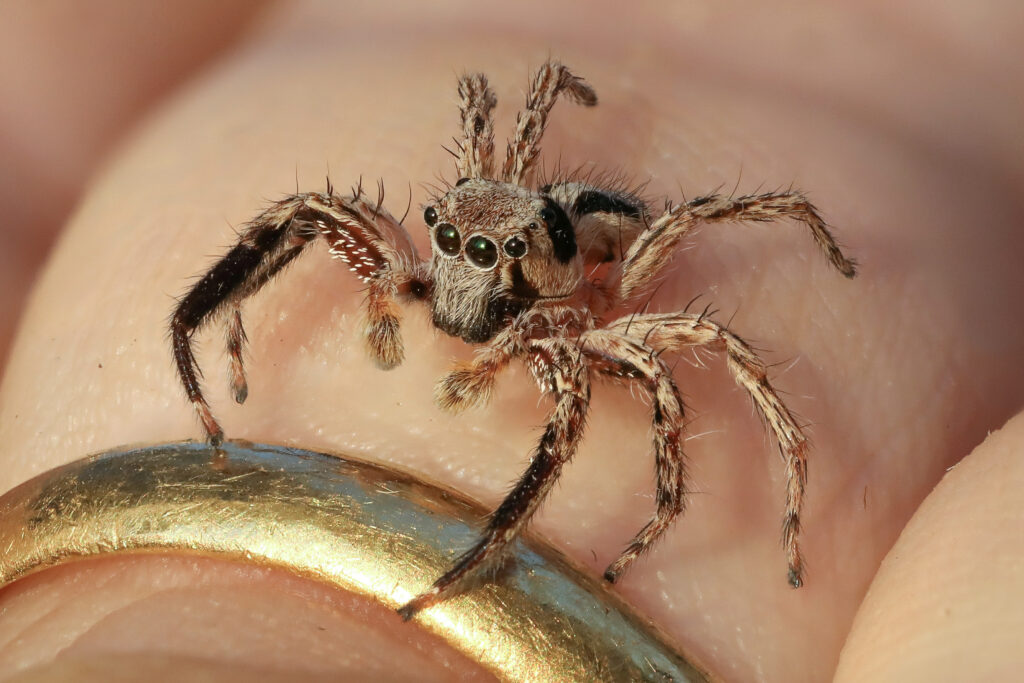You wake up with a red, itchy bump on your arm, and the first thought that crosses your mind is probably “spider bite.” It’s a natural assumption that millions of people make every single day. But here’s something that might completely change how you think about those mysterious bumps appearing on your skin: the vast majority of what people call “spider bites” aren’t actually from spiders at all. In fact, spiders are far less likely to bite you than you might think, and the real culprits behind those irritating marks are often much more surprising.
The Great Spider Bite Myth
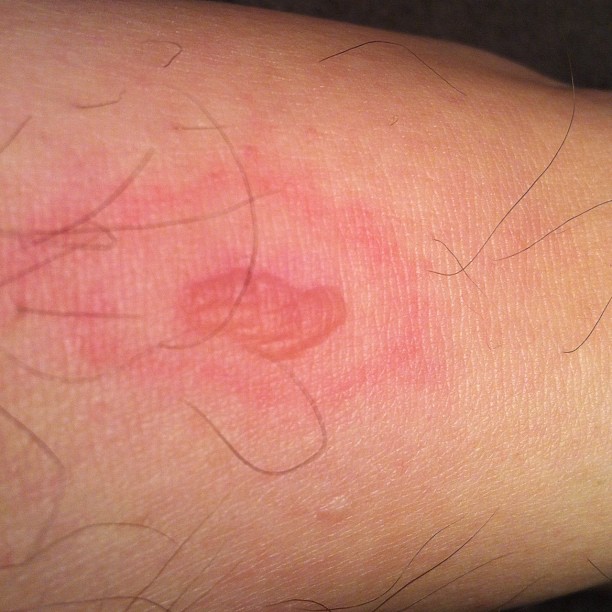
The truth about spider bites is both shocking and eye-opening. Most spiders are actually incredibly reluctant to bite humans, and when they do, their bites often look completely different from what people expect. Spiders view humans as massive predators rather than prey, and their first instinct is always to flee rather than fight.
Medical professionals have been studying this phenomenon for decades, and the results are consistently surprising. Emergency rooms across the country see thousands of patients each year who are convinced they’ve been bitten by spiders, but diagnostic tests and expert examinations reveal that true spider bites account for less than 10% of these cases. The remaining 90% are caused by other creatures, infections, or medical conditions that create similar-looking symptoms.
Why Spiders Usually Won’t Bite You

Understanding spider behavior is crucial to solving this mystery. Spiders are predators that have evolved to hunt insects, not to defend themselves against giants like humans. Their fangs are designed to pierce the exoskeletons of beetles and flies, not to penetrate human skin effectively. When a spider encounters a human, its primary goal is to escape as quickly as possible.
Most household spiders are also physically incapable of biting through human skin. Their fangs are simply too small and weak to create the kind of puncture wounds that people associate with spider bites. Even when spiders do manage to bite, they rarely inject enough venom to cause significant reactions in humans. Think of it like trying to defend yourself against a giant with a toothpick – it’s not exactly an effective strategy.
The Real Culprits Behind Mystery Bites
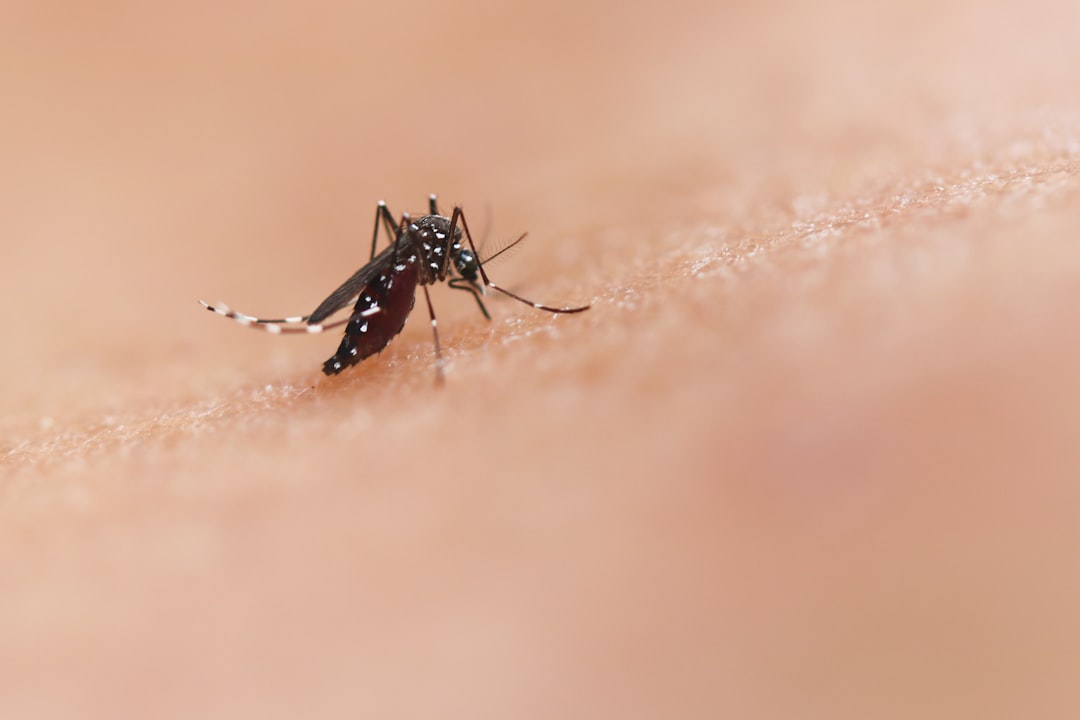
So if spiders aren’t causing those mysterious bumps, what is? The answer is often much more mundane but equally fascinating. Mosquitoes, bed bugs, fleas, and mites are the usual suspects behind what people mistake for spider bites. These tiny creatures are far more aggressive than spiders and actively seek out human blood as a food source.
Mosquitoes alone are responsible for millions of bites that get misidentified as spider bites every year. Their bites can vary dramatically in appearance depending on individual immune responses, time of day, and even the specific species of mosquito. Some people develop large, red welts that look exactly like what they imagine a spider bite should look like.
Bed Bugs: The Silent Nighttime Attackers
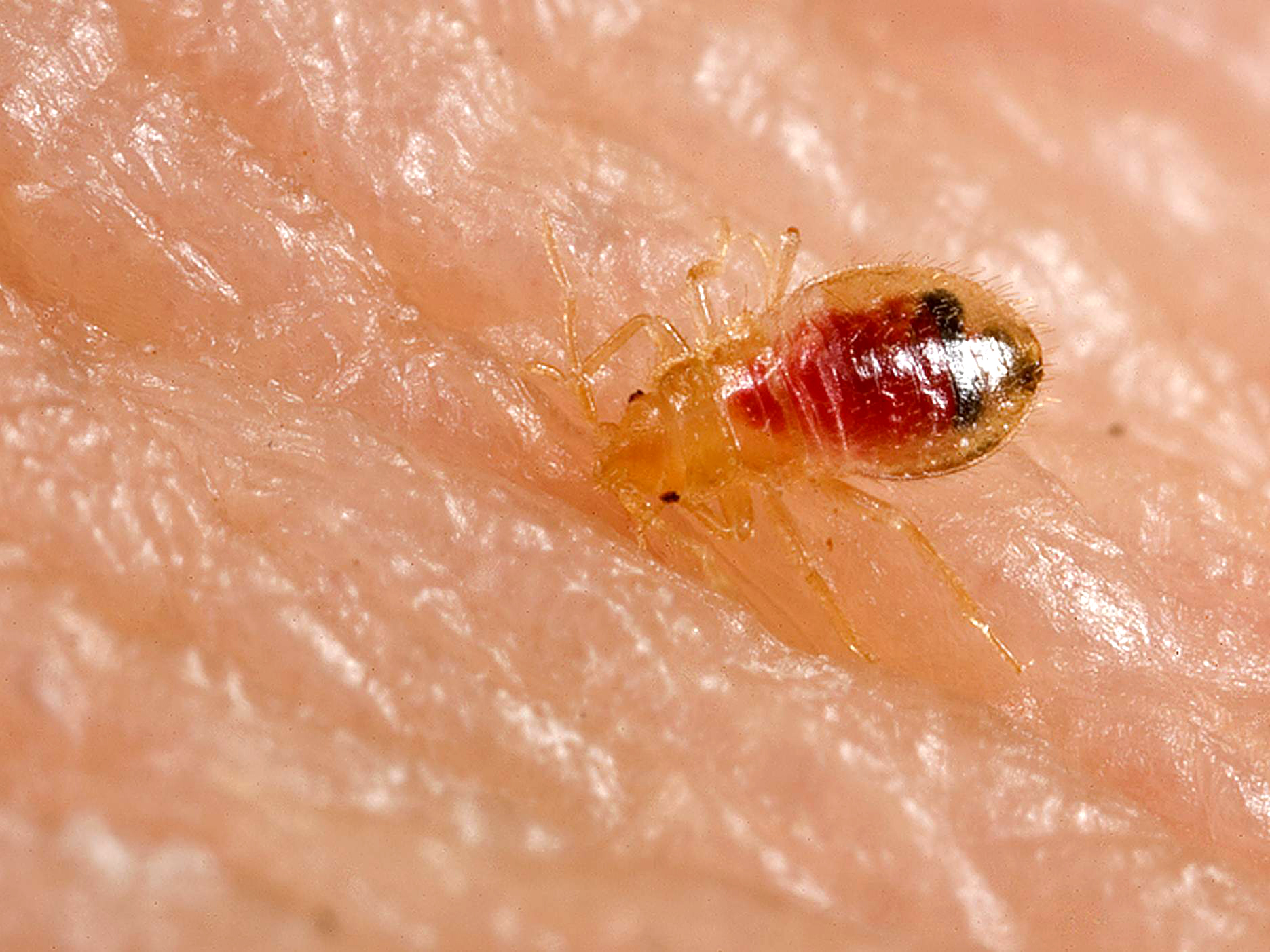
Bed bugs have made a dramatic comeback in recent years, and their bites are frequently mistaken for spider bites. These parasitic insects are masters of stealth, feeding on human blood while their victims sleep peacefully. Unlike spiders, bed bugs are specifically adapted to feed on human blood and will actively seek out sleeping humans.
Bed bug bites often appear in clusters or lines, a pattern that many people don’t associate with traditional “spider bites.” They can cause intense itching and inflammation that persists for days or even weeks. The psychological impact of discovering a bed bug infestation can be devastating, which is why many people prefer to blame mysterious bites on spiders rather than face the possibility of these persistent parasites.
Fleas: Not Just a Pet Problem
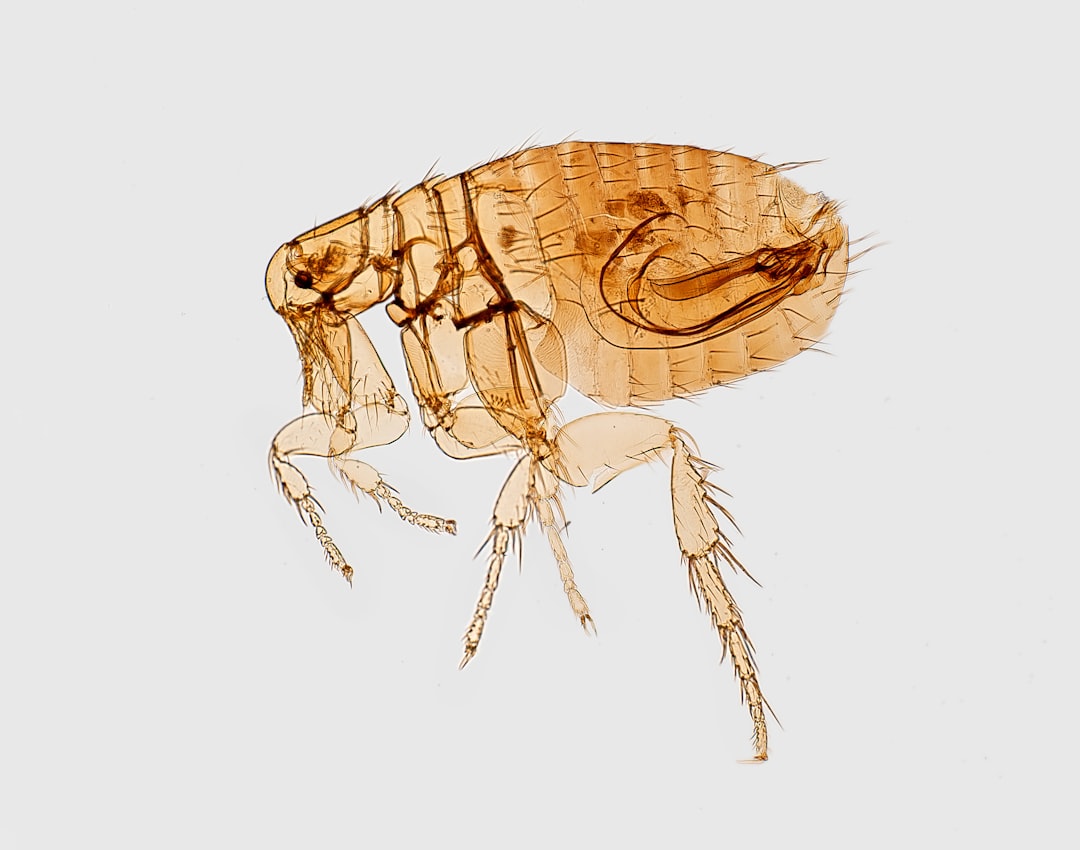
Fleas are another common culprit behind misidentified bites. These tiny jumping insects can infest homes even without pets, and their bites can be surprisingly painful and persistent. Flea bites typically appear around the ankles and legs, but they can occur anywhere on the body.
What makes flea bites particularly confusing is their tendency to appear in clusters or lines, similar to bed bug bites. They can also cause severe allergic reactions in some people, leading to large, red welts that look exactly like what people expect from a dangerous spider bite. The itching from flea bites can be intense and long-lasting, often leading people to scratch until they create secondary infections.
Mites: The Microscopic Menaces
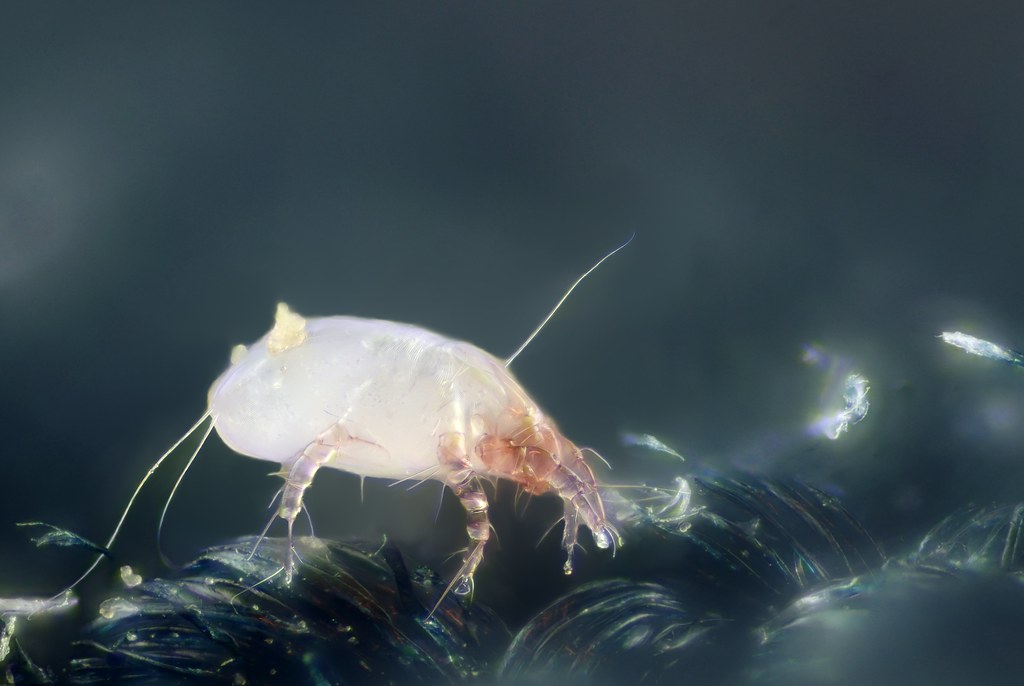
Mites are perhaps the most overlooked cause of mysterious bites. These microscopic creatures can be found in bedding, furniture, and even on our own skin. Dust mites, bird mites, and scabies mites can all cause reactions that people mistake for spider bites.
Scabies mites, in particular, can cause intense itching and red bumps that appear seemingly randomly across the body. The psychological impact of a scabies infestation can be severe, and many people find it easier to blame their symptoms on spider bites rather than accept that microscopic creatures are burrowing into their skin. Bird mites can also invade homes when birds nest in attics or eaves, causing mysterious bites that puzzle homeowners.
Bacterial Infections Masquerading as Bites

Sometimes what looks like a spider bite isn’t a bite at all, but rather a bacterial infection. Staphylococcus and streptococcus bacteria can cause skin infections that begin as small red bumps and develop into larger, more serious lesions. These infections can be particularly dangerous if left untreated.
MRSA (Methicillin-resistant Staphylococcus aureus) infections are often mistaken for spider bites, particularly brown recluse bites. These infections can be life-threatening and require immediate medical attention. The similarity between MRSA infections and spider bite symptoms has led to delayed treatment in many cases, sometimes with serious consequences.
When Spiders Actually Do Bite

While most “spider bites” aren’t from spiders, some genuine spider bites do occur. The most medically significant spiders in North America are the black widow and brown recluse spiders. Black widow bites typically cause muscle cramps and neurological symptoms rather than the localized swelling that most people expect.
Brown recluse bites are often overdiagnosed, but when they do occur, they can cause tissue death and slow-healing wounds. However, even these dangerous spiders bite humans only when directly threatened or accidentally trapped against the skin. The vast majority of spider species are completely harmless to humans, even if they do manage to bite.
The Psychology Behind Spider Bite Assumptions

The tendency to blame mysterious bites on spiders reveals fascinating aspects of human psychology. Spiders have been villainized in popular culture for centuries, making them convenient scapegoats for unexplained skin irritations. This fear-based thinking often prevents people from identifying the real causes of their problems.
The spider bite assumption also provides a sense of control and explanation for mysterious symptoms. It’s easier to blame a spider that can be killed or removed than to accept that microscopic creatures or bacterial infections might be the real culprits. This psychological comfort comes at a cost, as misidentifying the cause of bites can lead to ineffective treatments and prolonged suffering.
Environmental Factors That Increase Bite Risk

Understanding your environment is crucial for identifying the real sources of mysterious bites. Humid conditions favor mosquitoes and other biting insects, while dry environments might harbor different pests. Seasonal changes can dramatically affect which creatures are most active and likely to bite.
Indoor air quality, cleanliness, and moisture levels all play roles in determining which pests might be present in your home. Poor ventilation can create ideal conditions for mites and other microscopic creatures, while cluttered areas provide hiding places for bed bugs and fleas. Pet ownership, recent travel, and changes in cleaning routines can all influence your risk of encountering biting insects.
Proper Identification Techniques
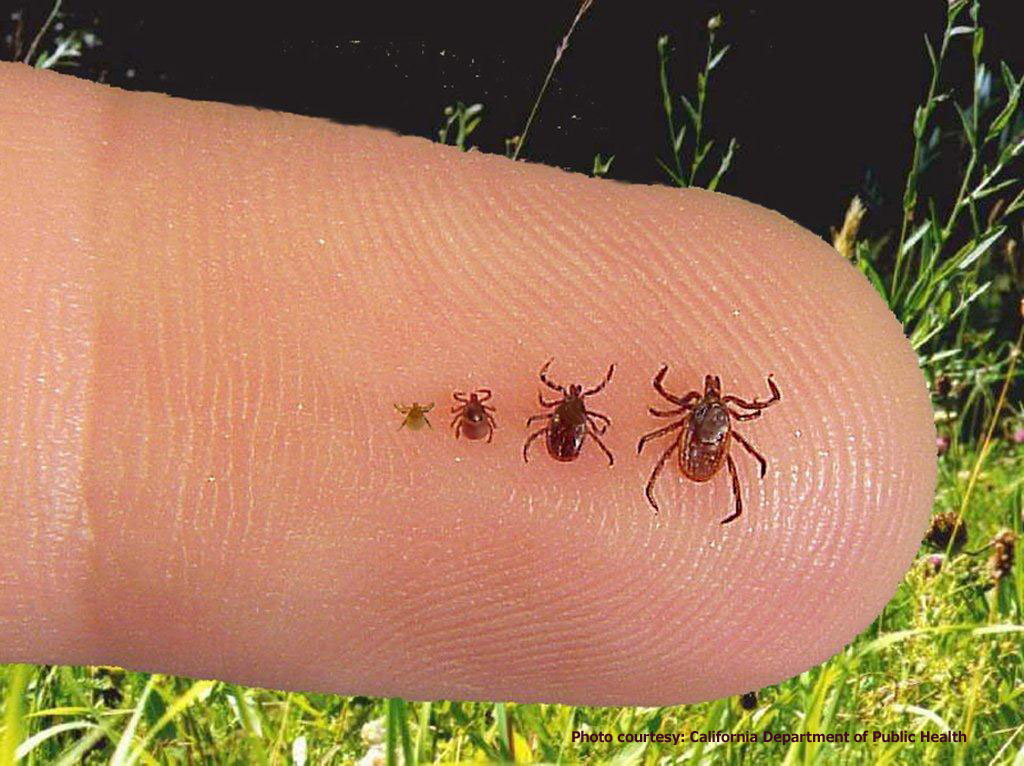
Learning to properly identify bite patterns and characteristics can help you determine the real cause of your symptoms. Spider bites, when they do occur, typically appear as single puncture wounds with minimal surrounding inflammation. In contrast, insect bites often appear in clusters or lines and may have different patterns of redness and swelling.
Timing is also crucial for identification. Bed bug bites often appear after sleeping, while mosquito bites might occur during outdoor activities. Flea bites commonly appear around the ankles and lower legs, while mite bites can appear anywhere on the body. Paying attention to these patterns can help you identify the real culprit and seek appropriate treatment.
Medical Conditions That Mimic Bites
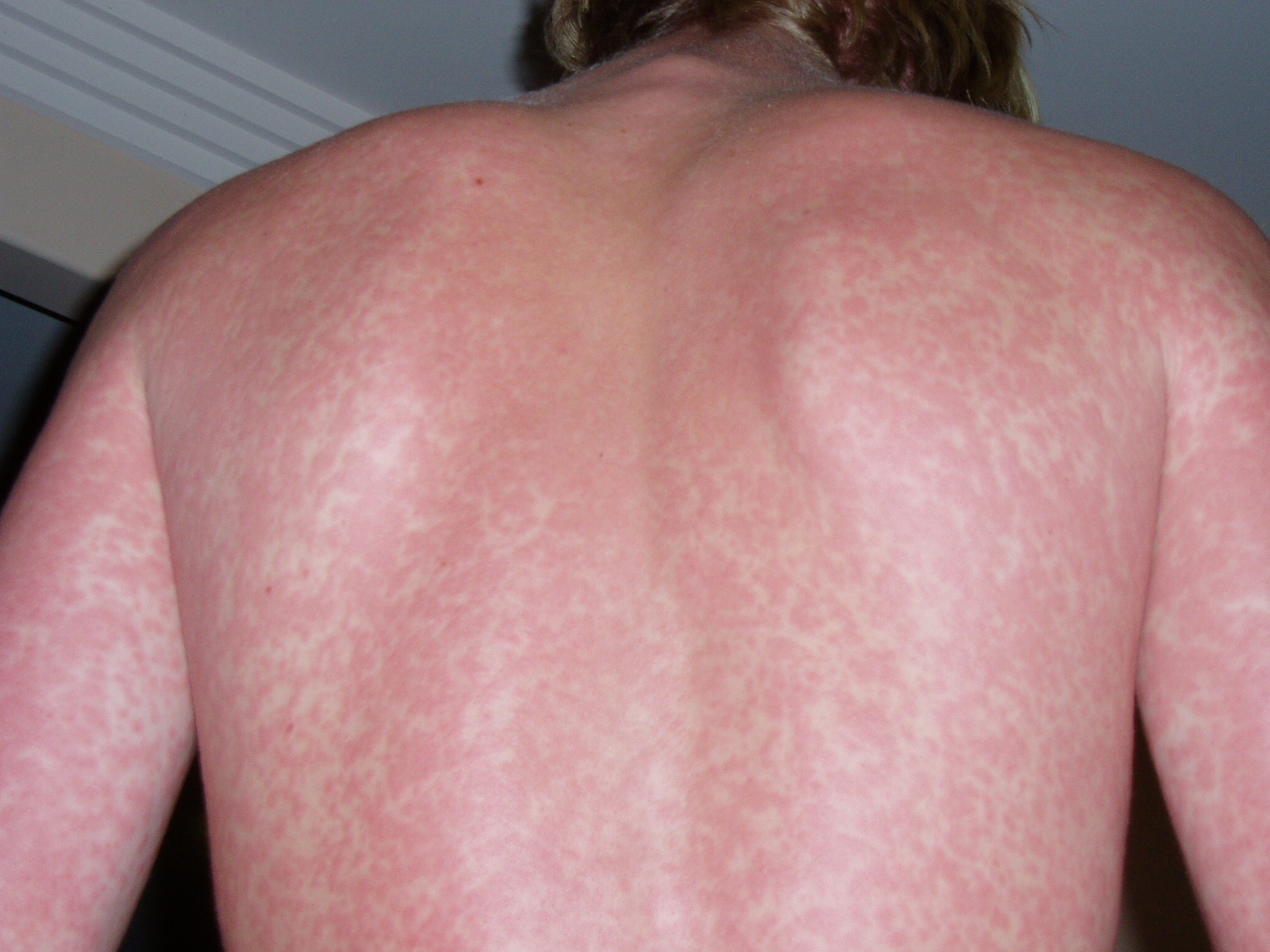
Several medical conditions can create skin lesions that look remarkably similar to insect or spider bites. Eczema, psoriasis, and other inflammatory skin conditions can cause red, itchy bumps that appear suddenly and without obvious cause. Allergic reactions to foods, medications, or environmental factors can also create bite-like symptoms.
Autoimmune conditions such as dermatitis herpetiformis can cause clusters of itchy bumps that many people mistake for bites. Even stress and anxiety can manifest as skin symptoms that resemble bites. Understanding these possibilities is important for getting proper medical care and avoiding unnecessary treatments for non-existent pest problems.
Prevention Strategies That Actually Work

Effective prevention starts with understanding what you’re actually trying to prevent. If mosquitoes are the real culprits behind your “spider bites,” then spider control measures won’t help at all. Identifying the true source of bites allows you to implement targeted prevention strategies that actually work.
For mosquitoes, eliminating standing water and using appropriate repellents is crucial. Bed bug prevention involves careful inspection of luggage and second-hand furniture, while flea control requires treating pets and their environment. Mite prevention might involve reducing humidity and improving air circulation. Each type of pest requires different prevention strategies, making proper identification essential.
When to Seek Medical Attention

Knowing when to seek medical attention for mysterious bites can be life-saving. Any bite or skin lesion that shows signs of infection, such as increasing redness, warmth, red streaking, or pus, requires immediate medical evaluation. Systemic symptoms like fever, muscle cramps, or difficulty breathing always warrant emergency care.
If you’re experiencing recurring mysterious bites, it’s worth consulting with a healthcare provider or dermatologist for proper diagnosis. They can help differentiate between true bites and other medical conditions, potentially saving you from unnecessary pest control expenses and ineffective treatments. Don’t let fear of spiders prevent you from getting the medical care you need.
Conclusion

The next time you wake up with a mysterious red bump on your skin, resist the urge to immediately blame a spider. The reality is that spiders are far less likely to bite you than countless other creatures that actively seek out human blood. Understanding the true causes of mysterious bites empowers you to implement effective prevention strategies and seek appropriate treatment when needed.
By shifting your perspective from fear-based assumptions to evidence-based identification, you can better protect yourself and your family from the real culprits behind those irritating bumps. Remember that proper identification is the key to effective prevention and treatment. The next time someone mentions their “spider bite,” you’ll know there’s probably much more to the story than meets the eye.

